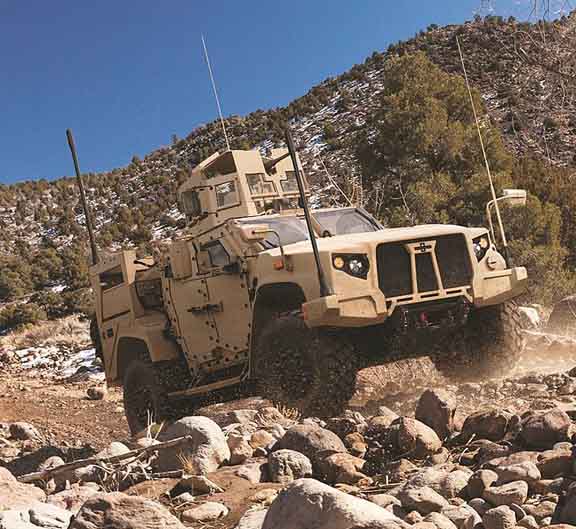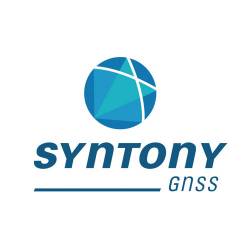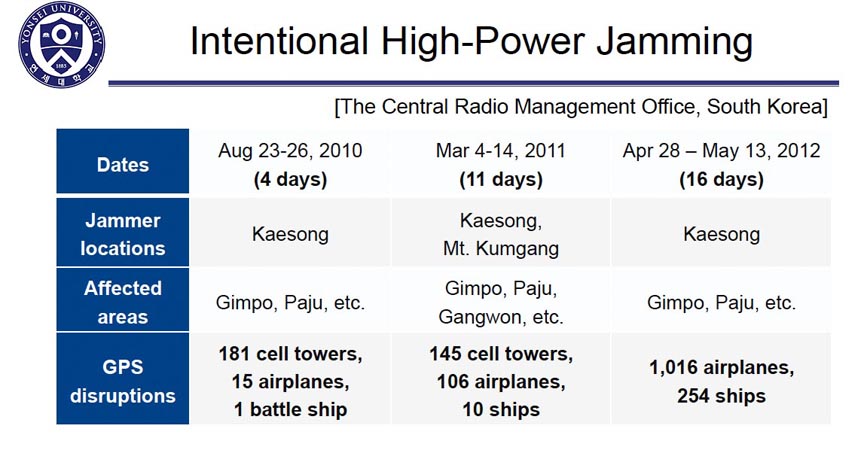The Korea Research Institute of Ships and Oceans Engineering (KRISO) has awarded UrsaNav, through its agent, Dong Kang M-Tech, a contract to supply an eLoran Transmitter TestBed System in the Republic of Korea. UrsaNav, the exclusive, worldwide distributor of Nautel’s NL Series transmitters, will provide eLoran transmitter technology, as well as timing and control equipment.
This contract represents the first phase in a broader program to upgrade Korea’s Loran-C stations to be the foundation of a sovereign Enhanced Loran (eLoran) Positioning, Navigation, and Timing (PNT) service.The Republic of Korea recognizes the challenges associated with relying solely on space-based signals, the relative ease with which those signals can be jammed or spoofed, and the necessity to provide Trusted Time and Trusted Position to its citizens and critical national infrastructure, according to a press release.
Accurate time and position are necessary components upon which many critical infrastructure sectors rely, including maritime, aviation, electrical distribution, telecommunications, finance/banking, and digital broadcast. A complementary PNT (CPNT) service provides continuity of operations through alternative and diverse timing and positioning information. CPNT is a vital element in ensuring national security and assuring Trusted Time and Trusted Position.
eLoran is the latest in the longstanding series of low-frequency (LF), LOng-RAnge Navigation (LORAN) systems. It is designed to meet the accuracy, availability, integrity, and continuity performance requirements for maritime harbor entrance and approach maneuvers, aviation En Route and Non-Precision Approaches, land-mobile vehicle navigation, and location-based services. It provides bearing (azimuth) information, even when the user is not moving, and has built-in integrity.
Users within the coverage area can simultaneously synchronize their timing to absolute (not relative) UTC. Of equal importance is that the eLoran signal includes one or more Loran Data Channels that are available to provide one-way, low data rate, “Short Message Service” information.
eLoran isindependent of GPS/GNSS, operates in the internationally protected 90 to 110 kHz spectrum, is built on internationally standardized Loran-C, and provides a high-power PNT service for use by all timing and navigation users. SAE International expects to release eLoran standards this year. The RTCM also has maritime-related eLoran standards underway.
eLoran is a key vertex of a Resilience Triad™ that would typically include space-based, terrestrial, and at least one other PNT source. It is a very-wide area (i.e., country-wide or “continental”) source of PNT that continues providing a resilient solution even when GNSS may be unavailable or untrustworthy. eLoran delivers information comparable to that of GNSS, but with completely different phenomenology. The unique characteristics of eLoran can enable its use in environments where GNSS does not work very well, or at all (e.g., indoors, underwater, underground, and in mountain or urban canyons).
Another benefit is that eLoranis designed to be difficult to spoof or jam, and it is nearly impossible to do so at a distance. Just as equipment required to spoof and jam GNSS must mimic relatively low powered GNSS transmissions, spoofing and jamming eLoran requires very high powered transmissions. An independent assessment by researchers at Stanford University described eLoran as “for all practical purposes, unjammable” across any significant area, according to the press release. A MITRE paper concluded: “The analysis shows a very low probability of successfully producing operationally significant interference.”
Ursa NavigationSolutions(UrsaNav) provides advanced solutions for Low Frequency Alternative Positioning, Navigation, Timing, and Data, including high-performance eLoran Receiver, Command and Control, and Differential Loran technology. UrsaNav’s staff has been involved in every major development in Loran and eLoran since the early 1970’s, and have provided the technology and expertise for service provider installations in North America, Europe, Asia, and the Middle East.






